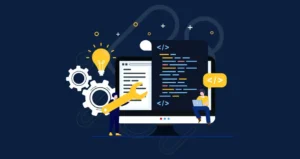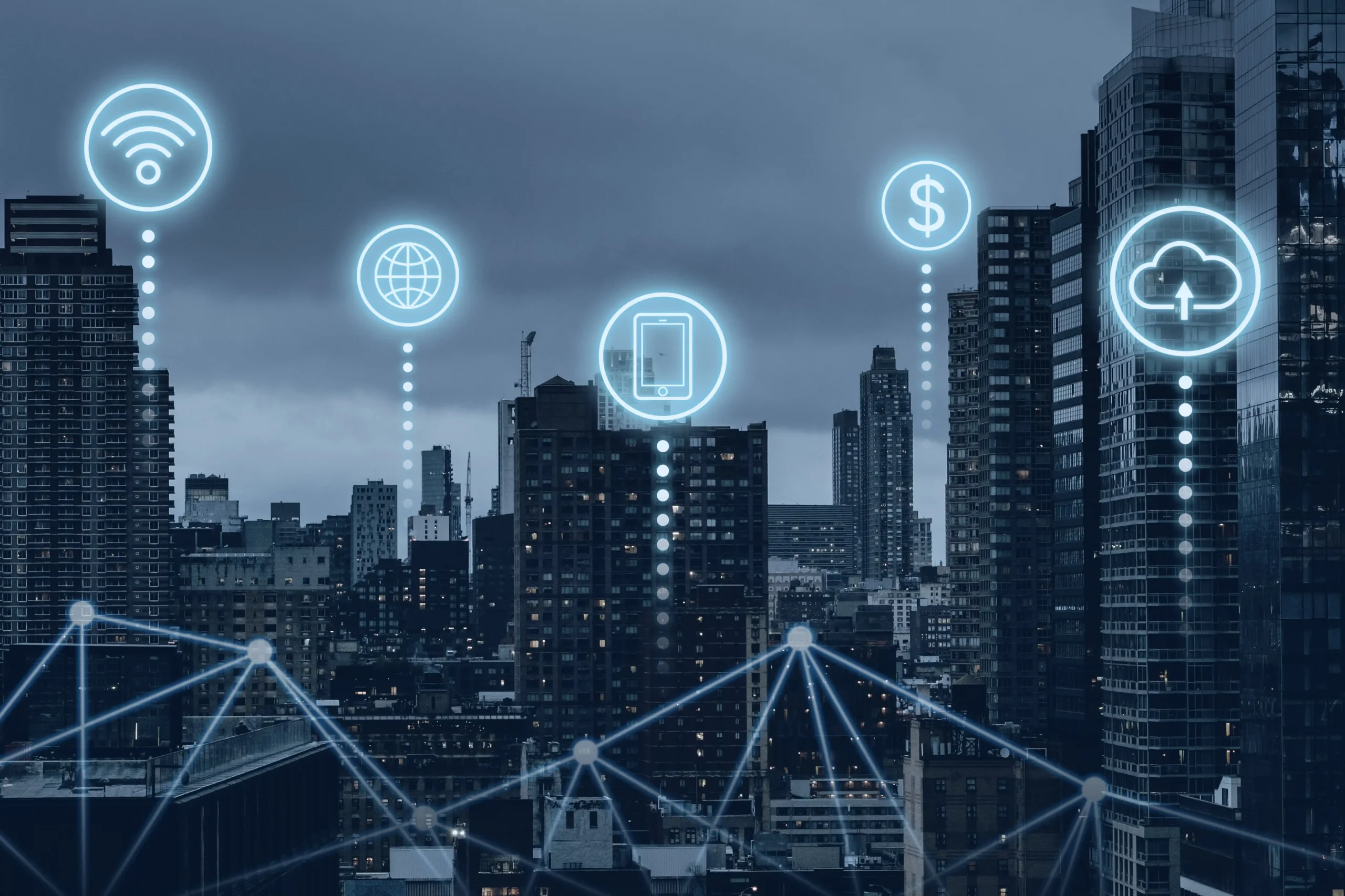The Rise of the Internet of Things (IOT)
The Internet of Things (IoT) is snowballing each year. It began with basic forms of long distance communication when Baron Shillings in Russia invented the first electromagnetic telegraph in 1832. After this, the world saw rapid development in technology with countless other products and applications.
The Internet of Things has transformed from a futuristic concept to a reality. This transformation is due to the addition of more connected devices and systems to the Internet. These devices will significantly impact our lives at work and home as they connect to the Internet.
This influx of connected devices will create a world of increased efficiency, convenience, and security. It will also provide the basis for further technological advancements and innovations. In this article, we will discuss the potential benefits and risks of the Internet of Things and how it may shape our lives in the future.
What is the Internet of Things (IoT)?
IoT is a network of physical objects equipped with sensors, software, and other technologies allowing them to collect and exchange information. These smart devices range from household appliances to industrial machinery, transforming our lives and work. The Internet of Things connects devices, people, and data in a unique way. This connection has never occurred before in the fast-paced digital era.
The Impact of IoT on Everyday Life
IoT applications have permeated various aspects of our daily routines, promising enhanced convenience, efficiency, and safety. Smart homes have taken center stage, where interconnected devices manage lighting, heating, security, and entertainment systems. People can use wearable devices like fitness trackers and smartwatches to keep track of their health and fitness goals.
The automotive industry has experienced a significant transformation with connected cars, offering advanced navigation, real-time diagnostics, and even self-driving capabilities. Meanwhile, IoT plays an important role in automation and optimization in industrial settings, allowing for more efficient and streamlined processes.
Healthcare monitoring is another area where IoT shines brightly. IoT has revolutionized healthcare, from wearable health trackers that monitor vital signs to telemedicine solutions enabling remote consultations, providing better patient outcomes and proactive care.
How IoT is Revolutionizing Industries
The Industrial Internet of Things (IIoT) aims to integrate IoT technology into industrial sectors, heralding a new era of intelligent manufacturing. With real-time data collection and analysis, the IIoT system enables predictive maintenance, reducing costly downtime and improving overall efficiency.
For example, businesses can use IoT-based sensors to monitor their supply chain processes and track the movement of goods in real time. IoT-based applications can also be used in smart cities to manage traffic, air quality, and energy consumption. Energy management solutions driven by IIoT have helped industries optimize energy consumption and reduce their environmental impact.
The Challenges and Security Concerns with IoT Implementation
While the potential of IoT is vast, its implementation comes with challenges and security concerns. One significant challenge is interoperability, as numerous IoT devices use different communication protocols, making seamless integration a complex task. Additionally, the sheer volume of data generated by IoT devices poses data storage and management issues.
Data privacy is a top concern with IoT, given the sensitive nature of the information collected. Unauthorized access to personal data could lead to severe consequences. Moreover, the increasing number of interconnected devices makes IoT networks susceptible to cyberattacks, requiring robust security measures to safeguard against potential breaches.
The Future of the Internet of Things
Despite challenges, the future of IoT appears promising, with a vast array of potential applications and investment opportunities. Analysts project that embracing this technology by more industries and consumers will drive exponential growth in the IoT market. From smart cities to precision agriculture and industrial automation, IoT will continue to shape how we interact with the world.
Investors are keen on exploring IoT technologies, recognizing the immense potential for profitability and innovation. Startups and established companies are driving research and development to create cutting-edge IoT solutions that cater to various industries’ needs.
Conclusion
The Internet of Things is no longer just a futuristic idea; it now plays a significant role in how we live, work, and interact with the world. IoT’s reach is vast and ever-expanding, from the convenience of smart homes to the efficiency of industrial processes. It is estimated that 75 billion IoT devices will be connected by 2030, according to the GSMA.
However, as we embrace IoT’s potential, it is essential to address its challenges. Data privacy and cybersecurity must be at the forefront of IoT development to ensure users’ trust and protect sensitive information effectively.
As we look ahead, the prospects for IoT’s growth are exciting. With continuous innovation and investment, IoT will usher in a more connected and intelligent future, revolutionizing industries and enriching our lives in ways we never thought possible. By responsibly harnessing the power of the Internet of Things, we can genuinely unlock its transformative potential and shape a better world for generations to come.







